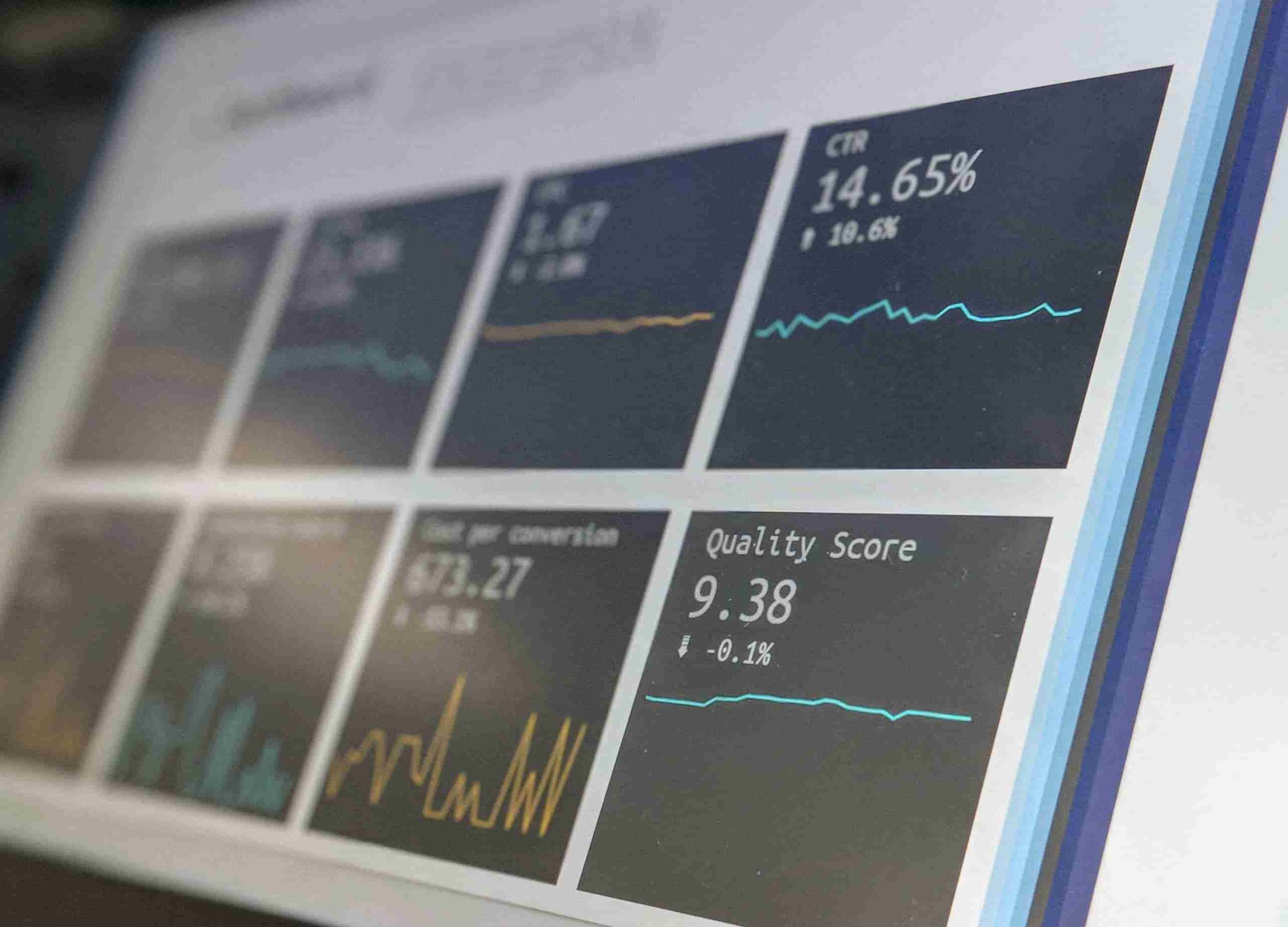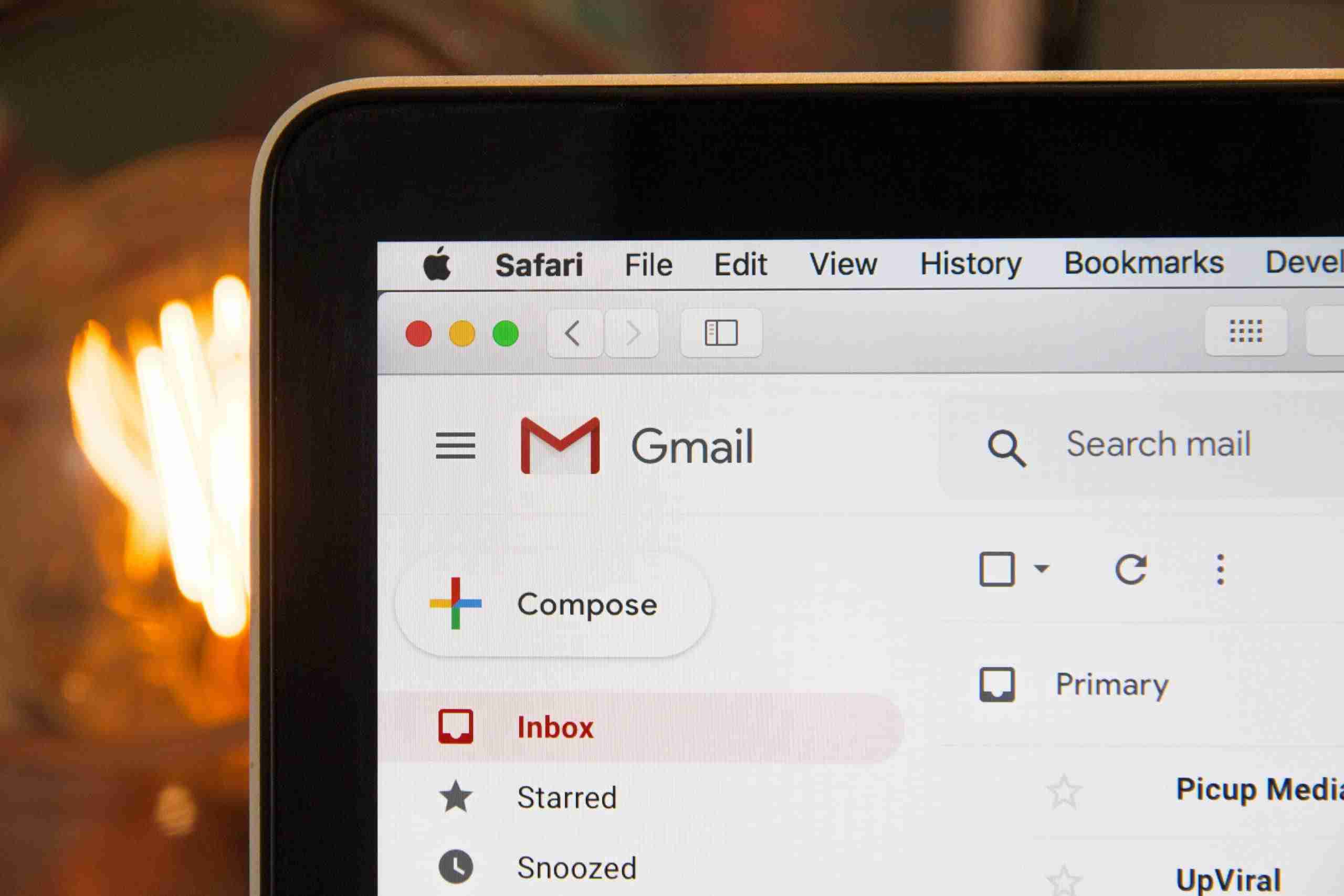Introduction
Email campaigns have stood the test of time as one of the most effective and reliable digital marketing strategies. While trends in marketing come and go—whether it’s viral TikToks, influencer shoutouts, or AI-driven ad personalization—email marketing continues to deliver exceptional results. In fact, studies consistently show that for every dollar spent, email returns an average of $36 or more, making it one of the highest ROI channels available.
But here’s the catch: not all email campaigns are created equal. Just because you hit “send” doesn’t mean your message is being received the way you hoped. Far too many businesses pour time and energy into creating campaigns, only to see them ignored, deleted, or worse—marked as spam. A poorly executed email doesn’t just fail to convert; it actively damages your relationship with your audience. Over time, this can lead to a shrinking subscriber list, lower open rates, and declining trust in your brand.
The good news? These failures are usually fixable. Most underperforming email campaigns struggle because of a handful of common mistakes—mistakes that can be corrected with a little strategy, some simple tweaks, and a better understanding of your audience.
In this article, we’ll break down the most frequent email marketing missteps and show you exactly how to fix them. Whether you’re a beginner looking to avoid early pitfalls or a seasoned marketer aiming to refine your approach, these insights will help you transform your email campaigns into sales-generating assets.
Mistake #1: Sending Generic Blasts to Everyone
The Problem:
Gone are the days when you could send a single, generic email to your entire list and expect great results. Today’s audiences are more informed, more selective, and more sensitive to relevance than ever before. When someone receives an email that feels impersonal or irrelevant, they don’t hesitate to ignore it—or worse, unsubscribe. Sending one-size-fits-all messages might seem like a time-saver, but in reality, it leads to lower engagement and lost opportunities.
Why It Fails:
Generic emails don’t connect with the recipient on a meaningful level.
-
Open rates stay low because the subject line lacks personal appeal.
-
Readers skim past the content because it doesn’t speak to their needs or interests.
-
Calls to action are ignored because there’s no clear reason or incentive to click.
And when this happens repeatedly, people tune out your brand altogether.
The Fix: Smart Segmentation
Segmentation allows you to divide your email list into smaller, targeted groups based on shared characteristics or behaviors. You might segment by demographics (age, location), customer journey stage (new lead vs. returning buyer), or actions (clicked a previous link, downloaded a guide, abandoned cart).
Examples include:
-
New subscribers → Send a warm, informative welcome series
-
Past customers → Offer tailored upsells or product recommendations
-
Dormant users → Send re-engagement campaigns with exclusive offers
You don’t need complex tools to get started. Even basic segmentation can dramatically increase open and click-through rates. Treat your subscribers like people, not data points—and they’ll reward you with engagement.
Mistake #2: Weak or Boring Subject Lines
The Problem:
Your subject line is your first—and sometimes only—chance to make an impression. It’s the gateway to your entire email campaign. If it doesn’t stand out in a crowded inbox, your message is as good as invisible. A weak subject line lacks energy, curiosity, or relevance. It doesn’t make readers pause or click. Instead, it blends into the background or, worse, triggers immediate deletion.
Why It Fails:
-
Your email gets buried beneath dozens (or hundreds) of others.
-
It doesn’t spark any emotional response—no urgency, curiosity, or excitement.
-
Even loyal subscribers begin to ignore your emails if they consistently look uninteresting.
The result? Low open rates, missed opportunities, and campaigns that never get a chance to deliver value.
The Fix: Proven Headline Formulas
The key to a strong subject line is using psychological triggers that appeal to curiosity, urgency, value, or personalization. Here are a few examples that work well across industries:
-
Curiosity: “You won’t believe what we discovered…”
-
Urgency: “Only 3 hours left to claim this offer”
-
Value-driven: “How to get 2x more leads—free guide inside”
-
Personalization: “John, we picked this just for you”
The best way to find out what resonates with your audience? Test, test, test. Use A/B testing tools to try different subject lines and monitor which style gets more opens.
Also, don’t ignore the preheader text—it’s your second headline and often determines whether your email gets opened. Think of it as your backup pitch to capture interest.
Mistake #3: Poor Mobile Experience
The Problem:
With over 60% of emails now being opened on mobile devices, your campaign’s success depends heavily on how it looks and functions on a smartphone screen. If your email loads poorly, has tiny fonts, or requires too much effort to read or click through, users won’t hesitate—they’ll simply swipe left, delete it, and move on. In today’s mobile-first world, failing to optimize for mobile is like locking your best content behind a broken door.
Why It Fails:
-
Text is too small to read without zooming, making it frustrating to consume.
-
Images don’t load properly or appear distorted, which breaks the layout and credibility.
-
Buttons are too small or placed too close together, leading to missed clicks or accidental taps.
-
Excessive scrolling causes fatigue, especially if your message doesn’t get to the point quickly.
These issues lead to lost engagement, poor click-through rates, and a negative brand impression.
The Fix: Mobile-First Templates
When designing your email campaigns, start with mobile in mind—not as an afterthought. Use:
-
Single-column layouts for better readability
-
Large, tappable buttons with ample spacing
-
Readable font sizes (14px or larger is ideal)
-
Compressed, mobile-friendly images that load quickly
-
A clear CTA near the top, so users don’t have to scroll to find the action
Before sending, always preview your email on different devices—iPhone, Android, tablets—to ensure everything looks and works as intended. Mobile optimization is no longer optional—it’s a non-negotiable part of successful email campaigns.
Mistake #4: Lack of Clear Call-to-Action (CTA)
The Problem:
You’ve written a beautifully crafted email with valuable content, engaging visuals, and a compelling message. But if it doesn’t have a clear and specific call-to-action (CTA), your audience is left wondering, “Now what?” A great email without direction is like a road trip with no destination—you might enjoy the scenery, but you’re unlikely to arrive anywhere meaningful.
Why It Fails:
-
Readers are confused about what you want them to do next.
-
Multiple links or competing CTAs dilute your message and overwhelm the reader.
-
The CTA is buried too far down or doesn’t stand out visually, so it gets missed entirely.
The result? Missed opportunities to convert interest into action—whether that’s a download, purchase, booking, or reply.
The Fix: One CTA, One Goal
Every email should be built around a single, clear objective. Whether you want readers to download a resource, sign up for a webinar, book a consultation, or shop a sale, your CTA must make that next step obvious and effortless.
Tips for high-converting CTAs:
-
Use strong, action-oriented language: “Get Your Free Trial,” “Claim Your Spot,” “Shop the Sale”
-
Make it visually prominent using buttons, bold fonts, or contrasting colors
-
Place your CTA above the fold and repeat it at the end to capture skimmers and scrollers
Ultimately, clarity drives conversions. Don’t assume people will know what to do—guide them with intention and confidence.
Mistake #5: Ignoring Metrics and Feedback
The Problem:
One of the most common mistakes in email marketing is sending campaigns without tracking how they perform. Many businesses fall into the “set it and forget it” trap—creating a message, clicking send, and never looking back. But that’s like launching a new product and not checking how many people bought it. If you’re not analyzing performance, you’re flying blind—and leaving valuable insights (and revenue) on the table.
Why It Fails:
-
You miss critical feedback on what’s working and what isn’t.
-
You keep repeating content or formats that may be underperforming.
-
You waste time and money pushing campaigns that don’t deliver results.
Without metrics, there’s no way to improve. And improvement is the key to sustained success.
The Fix: Track the Metrics That Matter
At a minimum, monitor these four core metrics:
-
Open rate – Tells you if your subject lines are compelling enough to grab attention.
-
Click-through rate (CTR) – Shows whether your content and CTA are engaging.
-
Conversion rate – Measures how many recipients take the desired action.
-
Unsubscribe rate – Indicates if your emails are missing the mark or annoying your audience.
Modern email platforms like Mailchimp, Klaviyo, ActiveCampaign, and HubSpot provide these insights in real time. But don’t stop there—pay attention to qualitative feedback too. Replies, questions, and comments from subscribers offer a goldmine of information.
Use this data to refine your messaging, layout, frequency, and targeting. With each campaign, you’ll get smarter—and your results will show it.
Bonus: The Power of Email Automation
The Problem:
Manually managing your email campaigns may work when your list is small—but as your audience grows, this approach quickly becomes inefficient and error-prone. Without automation, you risk forgetting to follow up, sending duplicate messages, or letting high-potential leads slip through the cracks. And worst of all, your communication becomes inconsistent, which erodes trust and reduces engagement.
Why It Fails:
-
Inconsistent communication leads to confusion or disinterest from subscribers.
-
Leads fall through the cracks because you’re too busy to follow up at the right time.
-
There’s no scalability, making it impossible to grow without burning out or hiring more help.
The Fix: Set Up Automated Email Sequences
Email automation allows you to deliver the right message to the right person at exactly the right time—without lifting a finger after the setup. These pre-built sequences run in the background and work for your business 24/7.
Here are a few high-impact automations to start with:
-
Welcome sequence: Make a great first impression and set expectations.
-
Cart abandonment: Remind visitors to complete their purchase and offer a timely incentive.
-
Re-engagement series: Reconnect with inactive subscribers and revive interest.
-
Post-purchase flow: Say thank you, suggest related products, or ask for a review or referral.
Trigger these automations based on user behavior (e.g., form submissions, page visits, purchase history). Most email platforms make this easy to set up.
Done right, automation builds relationships at scale—freeing up your time while growing your revenue.
Final Thoughts: Your Email Campaigns Can Sell While You Sleep
Email campaigns remain one of the most powerful and cost-effective tools in your marketing arsenal—but only if they’re executed with purpose, clarity, and strategy. In a world where inboxes are overflowing and attention spans are shrinking, it’s not enough to just send attractive emails. What truly drives results is the thought behind your campaigns—the structure, the messaging, the timing, and the follow-through.
The truth is, email marketing done right can create a flywheel effect. It can generate leads, nurture prospects, re-engage cold contacts, and turn one-time buyers into loyal customers—all while you focus on other areas of your business. That’s the beauty of building smart email systems: they work for you, even while you sleep.
Let’s quickly recap the essentials:
✅ Ditch the generic blasts – Personalization and segmentation are no longer optional.
✅ Write irresistible subject lines – If no one opens your email, nothing else matters.
✅ Design with mobile in mind – Your audience is reading on the go—optimize accordingly.
✅ Guide your readers with clear CTAs – Tell them what to do next and make it easy.
✅ Track your metrics – Use real data to improve with every campaign.
✅ Automate your sequences – Scale your results without scaling your workload.
Your subscribers are waiting—but they won’t stick around for irrelevant, clunky, or forgettable emails. Fix the common mistakes, implement the proven strategies, and watch your email campaigns go from average to automated sales machines.





















